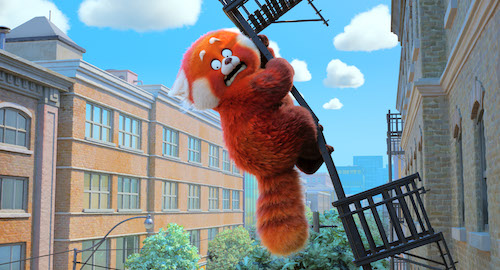
This February, treat the whole family to a Pixar first at Cineworld. For the very first time, we're bringing the studio's Oscar-nominated Turning Red to the big screen as part of our Pixar Season, allowing fans to engage with the colours, humour and emotion of this animated classic like never before.
The movie is the heartfelt and frenetic story of Chinese-Canadian pre-teen Meilin 'Mei' Lee and the adolescent trials that manifest in her transforming into a giant red panda. The movie is directed by Domee Shi who translates the cultural sensitivity present in her Oscar-winning Pixar short film Bao into feature-length format.
The result is an unmissable family adventure and the film's cinematic presentation is set to amplify its delightful qualities, from the scope of the visuals to the boy band-riffing soundtrack. Scroll down to discover the reasons why we love Turning Red and then book your tickets at the end of the post.
1. The cultural observations that make it unique in the Pixar pantheon
Turning Red is the first Pixar movie to observe the tensions and observations that reside within the Canadian-Chinese identity. Our central character Mei is a child of two worlds, wedded to both her Western-influenced high school environment and the longstanding traditions of her Asian family.
Mei lives with her parents, mother Ming and dad Jin, helps take care of the family's temple dedicated to her maternal ancestor Sun Yee, and works to make her mum proud. The movie's ability to smoothly blend this dramatic impetus with comic inflections is classic Pixar and indicative of Domee Shi's confidence with the material.
Shi drew on many of her memories and described the making of the movie as an intensely cathartic experience. She told Deadline: "I like to think that instead of going to therapy, I made this movie. I definitely think it brought me closer with my parents, especially my mom. I remember when she first watched the movie at the Toronto premiere of Turning Red, and I invited both my parents.
"My dad wears his heart more on his sleeve, so, he’s a very reactive, emotional guy, and he cried, and he was like, “Oh my gosh, I loved it. It was so beautiful. I’m so proud of you.” And my mom was a little bit more held back, a little bit more reserved, and she was like, “Yeah, yeah, it was amazing. It was great.” But she kind of kept it at that.
"I wondered what she really thought, and then a day later, she sent me this huge block of text detailing every single thing she loved about the movie, and I was so surprised that she paid so much attention to certain details."
2. The relatable storyline that's all about growing pains
Turning Red is pitched at that all-important cusp between childhood and adulthood, allowing it to extend relevance and enjoyment to kids and adults alike. Younger viewers will likely recognise elements of Mei's nascent rebellion, particularly over the clash between her love of pop music (see more below) and the strict demands of her mother (again, see more below).
Adults on the other hand are likely to smile in recognition at the memory of their younger selves, and the movie's tactful depiction of getting older. Growing pains are universal truths felt by people all over the world and it's little wonder that Pixar movies repeatedly plumb this material for dramatic depth. After all, what better movie than one we can all recognise to one degree or another?
Explaining all of this to kids is one thing, but Turning Red brilliantly externalises hormonal imbalances through its central panda device. It's the spoonful of sugar that helps make complex material much more palatable for family audiences. It's a visual metaphor that is equal parts arresting, hilarious and truthful.
3. The equally relatable relationship between Mei and her mother
Many Pixar movies are built around the relationships between parents and their children. Think of Marlin and Nemo in Finding Nemo, for instance, or the generational fall-out between young Miguel and his family in the Mexican-themed Coco.
Turning Red observes this tension especially well, in large part thanks to the authentic writing drawn from Domee Shi's own experiences, and the spirited performances of the voice cast. Rosalie Chiang brings both childlike innocence and hot-tempered anger to the central role of Mei while Sandra Oh effectively meshes overbearing protectiveness with tenderness in her role as Ming.
It's a relatively rare Pixar movie in that it centres on maternal pressures, not to mention the pressures that are visited on every subsequent generation of women in a given family. When Ming reveals that her ancestor Sung Yee was granted the transformative panda abilities to protect her family, the movie's female-centric emphasis suddenly attains greater complexity and resonance.
4. The hilarious slapstick ensuing from a giant panda transformation
All Pixar movies are comedies at heart and to a large extent draw on the legacy of classic slapstick cartoons from Mickey Mouse to Tom and Jerry. Turning Red has a doozy of a central idea, inviting us to enjoy the spectacle of an unsuspecting young woman transforming into a panda when her hormonal mood swings unexpectedly get out of control.
This conceit allows director Domee Shi to unleash regular and amusing chaos on Mei's local community, particularly in her first panda transformation sequence. The incongruity of an oversized panda crammed into the narrow corridors of a high school allows for plenty of memorable destruction yet it's also a brilliant way of compressing the movie's cultural values, bringing Chinese heritage to bear on a recognisably westernised environment.
5. The soundtrack mashes up Chinese influences and boy band pop
There are those among us who remember being weaned on the 1990s/2000s boy band boom, from East 17 to Take That and Hansen. The movie is set at the tail end of this cultural explosion and for many of us, it's incredibly relatable, not to mention hilarious, to observe Mei's frenzy over the film's make-believe pop group 4*Town.
The movie's three original songs, "Nobody Like U", "1 True Love", and "U Know What's Up", are performed in context by 4*Town and written by No Time to Die Oscar-winners Billie Eilish and Finneas O'Connell. The movie mashes up this boy band reverence with a sprightly and inventive score from the talented Ludwig Goransson, Oscar winner for Black Panther and current Oscar nominee for Christopher Nolan's Oppenheimer. The latter deploys authentic Chinese instrumentation including the bamboo flute and the guzheng (Chinese zither).
In truth, the movie's soundscape is as enjoyably fickle and unpredictable as its scampering visuals, conveying both a sense of early-2000s immediacy and a deeper-seated sense of Chinese cultural identity. It's the icing on the cake of a contemporary Pixar classic.
Book your Turning Red tickets below and don't forget about Cineworld's new Family Ticket offer. It now applies to one child and one adult, rather than two adults and two children, or one adult and three children. This can be used for children up to the age of 14.
Remember, adults pay kids' prices, the savings are the same, and if you're used to buying our old family ticket, you now just need to book two family tickets.

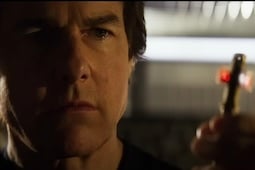
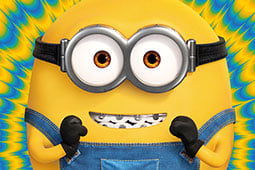
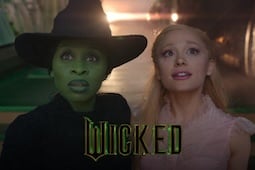


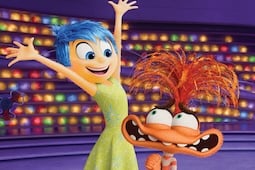

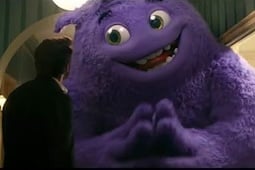
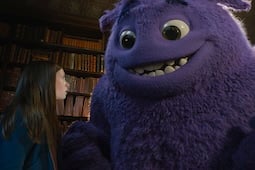
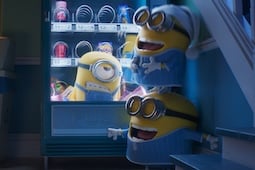




.jpg)
.png)



